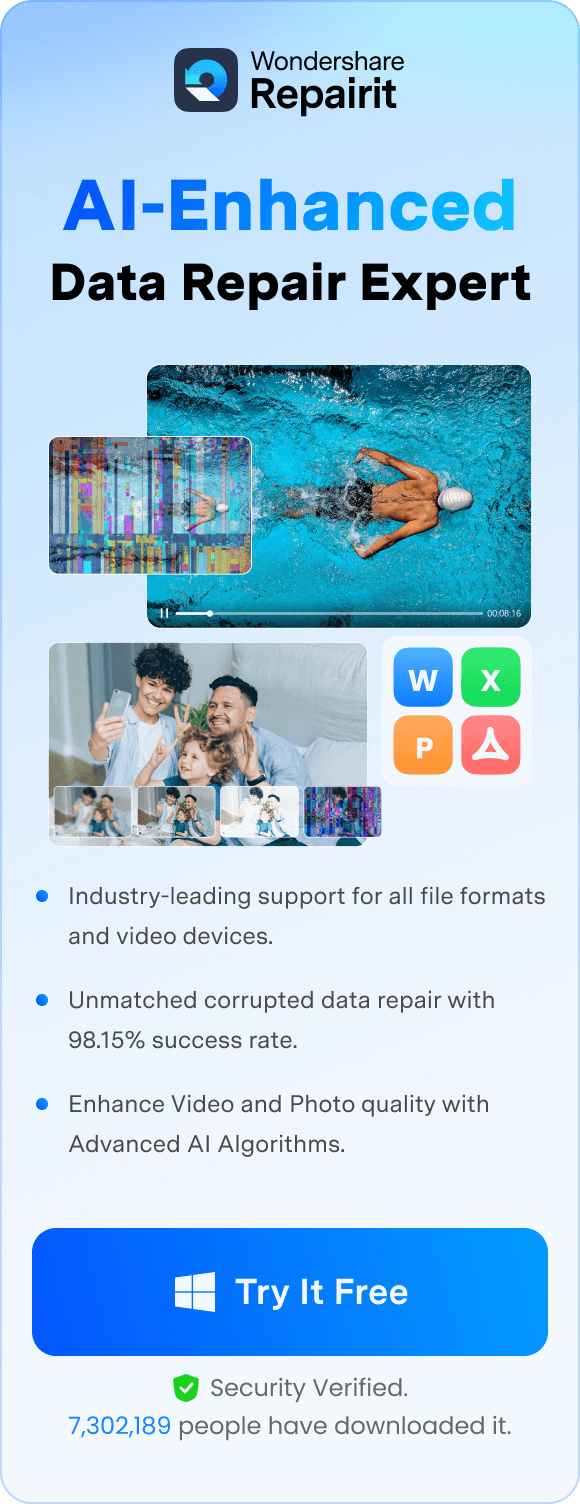Ever looked at your CCTV footage and thought, “Why is this so blurry?” The good news is, there are tools that can help. In this article, you'll find five reliable tools that can enhance CCTV footage and make important details more visible.
Part 1: What It Means to Enhance CCTV or Security Camera Footage
Security cameras are meant to record important events, but the footage they capture often isn’t clear enough to be helpful. You might find it hard to identify faces, read signs, or even understand what’s going on in the scene.
Here are the most common reasons why CCTV footage looks low quality:
1. Low Resolution. Many security cameras don’t record in high definition. Older systems often capture video at 480p or 720p, which means the image lacks fine detail. This can make it difficult to see faces or small objects clearly.
2. Poor Lighting Conditions. CCTV cameras often struggle in low-light environments, especially at night or in dark indoor areas. The video may appear too dark or filled with shadows. Some cameras have night vision, but the footage can still look grainy or washed out.
3. Heavy Compression. To save space, CCTV systems usually compress video files. This process reduces the file size but also removes fine details. You might notice blocky images, color distortion, or smudged edges. Compression makes the video harder to analyze, especially during fast movements.
4. Motion Blur. Have you seen a video where someone walks by and their body looks stretched or smeared? That’s motion blur. It happens when a camera records fast movement at a low frame rate. The image doesn’t refresh quickly enough to keep up. This can make actions harder to follow and faces difficult to identify. Enhancement software can reduce this blur and help sharpen the motion.
5. Dirty Camera Lens or Obstruction. Sometimes, the problem isn’t digital at all. Dirt, dust, fog, or raindrops on the camera lens can block the view or make it look hazy. If the camera isn’t regularly cleaned, the footage will stay unclear, no matter how good the equipment is. Enhancement tools can only do so much if the image is physically blocked, but they may still help improve overall sharpness and lighting.
Part 2: How to Enhance CCTV Footage? 5 Best Tools
Want to improve your footage? Several tools can help you enhance security camera videos with better results.
Here are five of the most reliable CCTV footage enhancer options to consider:
1. Repairit AI Video Enhancer
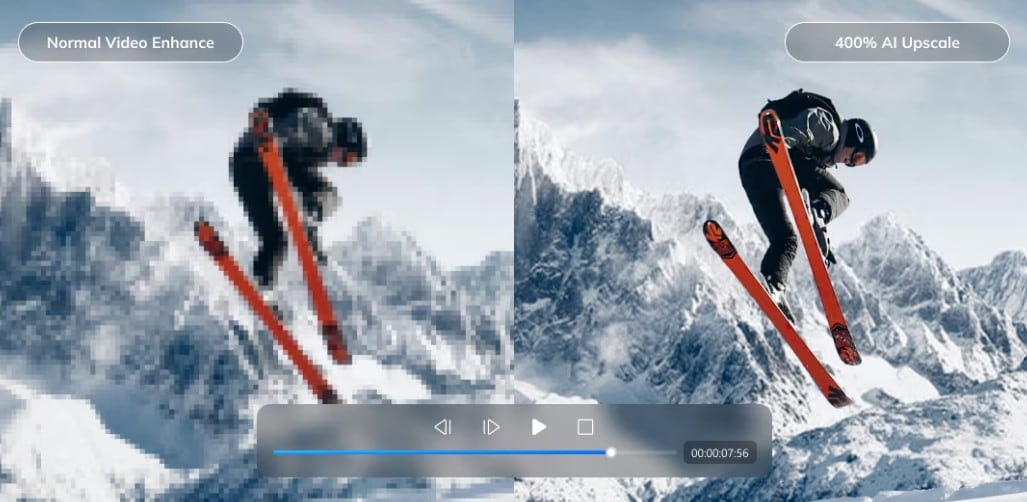
Repairit AI Video Enhancer is a powerful tool designed to improve low-quality or damaged videos using smart AI technology. It works well with CCTV footage, especially when dealing with blurriness, noise, or low resolution.
Key Features
- Has AI-powered enhancement with automatic detection of quality issues.
- It supports common CCTV video formats.
- Can clear up blurry or shaky frames.
- Improves brightness, contrast, and sharpness.
- This tool is easy to use, even for non-tech users.
Step 1. Open Repairit desktop software. Go to More Types Repair to pick the AI Video Enhancer tool.
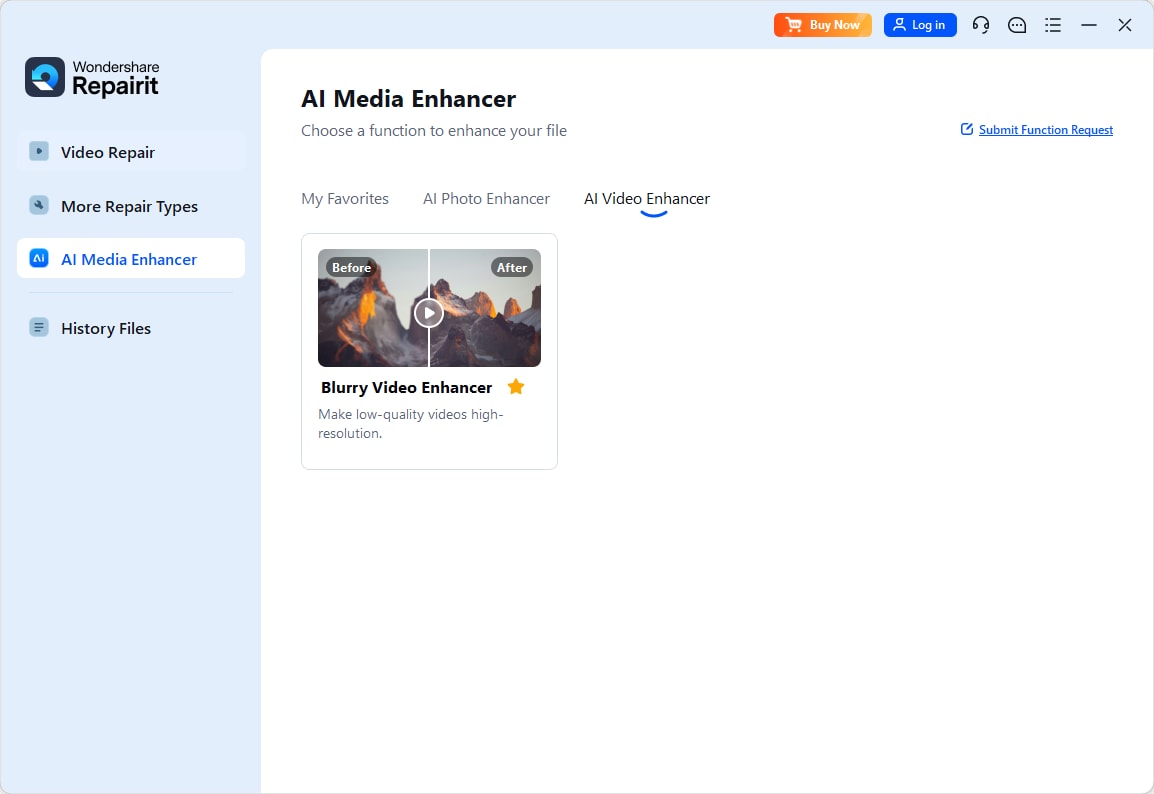
Step 2. Click on the +Add button, then import the CCTV files you want to enhance.
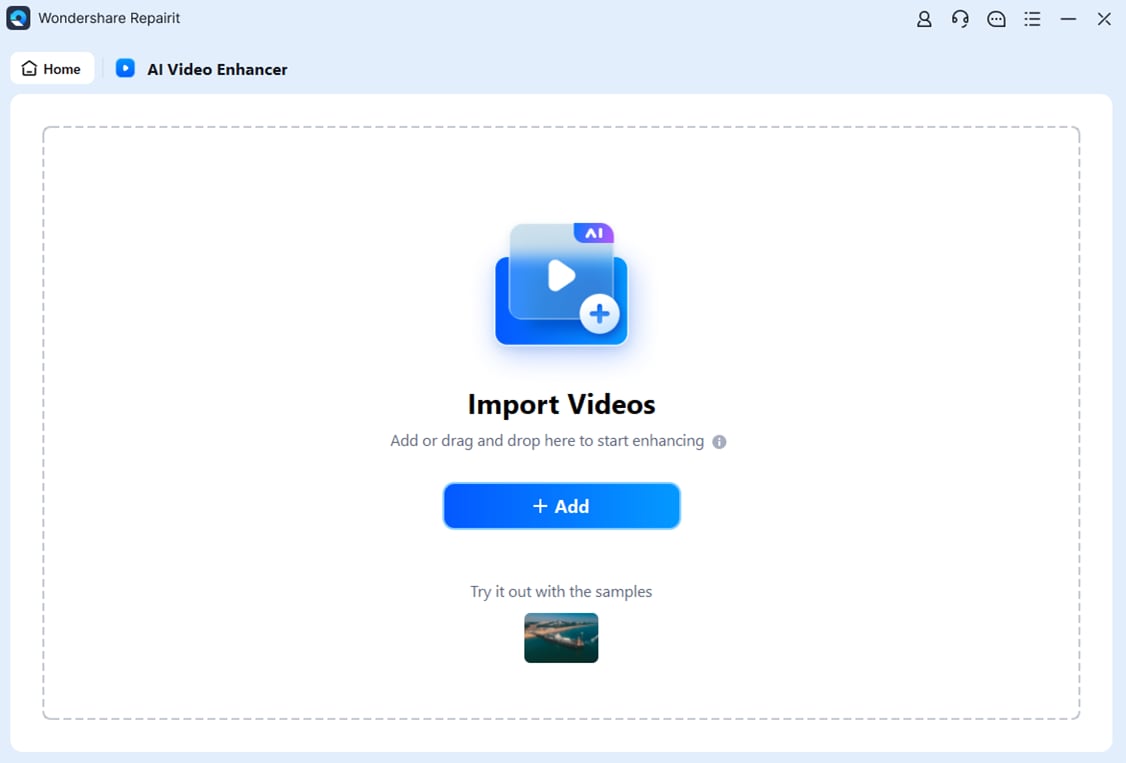
Step 3. Choose the enhancement mode that best fits your footage and your preferred resolution. Then, click Start Enhancing.

Step 4. You can preview the CCTV footage and see how the improved video will look. If the preview looks good, Save the full enhanced CCTV footage to your computer.

Enhance Your CCTV Footage Now

2. Adobe Premiere Pro
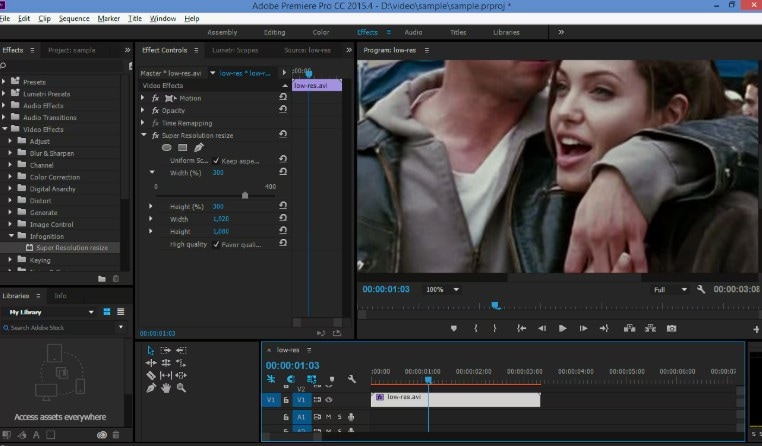
Adobe Premiere Pro is a professional video editing tool that offers manual enhancement features. It’s ideal if you want complete control over how your footage looks.
Key Features
- Has an advanced color grading and brightness control.
- Adobe Premiere Pro has noise reduction and sharpening filters.
- It has the ability to zoom and crop while maintaining quality.
- Works with almost all video formats.
- Integrates with other Adobe tools.
3. Topaz Video AI

Topaz Video AI focuses on high-quality upscaling and noise removal using deep learning. It’s known for turning low-resolution videos into high-definition versions.
Key Features
- It has AI-based video upscaling (up to 4K).
- Has motion stabilization and frame interpolation.
- Removes grain and compression artifacts.
- Has multiple enhancement models for different types of videos.
- This tool is designed for both home and surveillance footage.
4. AVCLabs Video Enhancer AI

AVCLabs Video Enhancer AI uses deep learning to improve video quality with minimal user input. It’s a good pick if you're dealing with noisy or low-resolution CCTV clips.
Key Features
- It has an AI enhancement that improves clarity and color.
- Has a denoise function to clean grainy or dark footage.
- Supports frame interpolation and stabilization.
- Can upscale videos up to 4K.
- It is optimized for security and archival footage.
5. HitPaw AI Video Enhancer
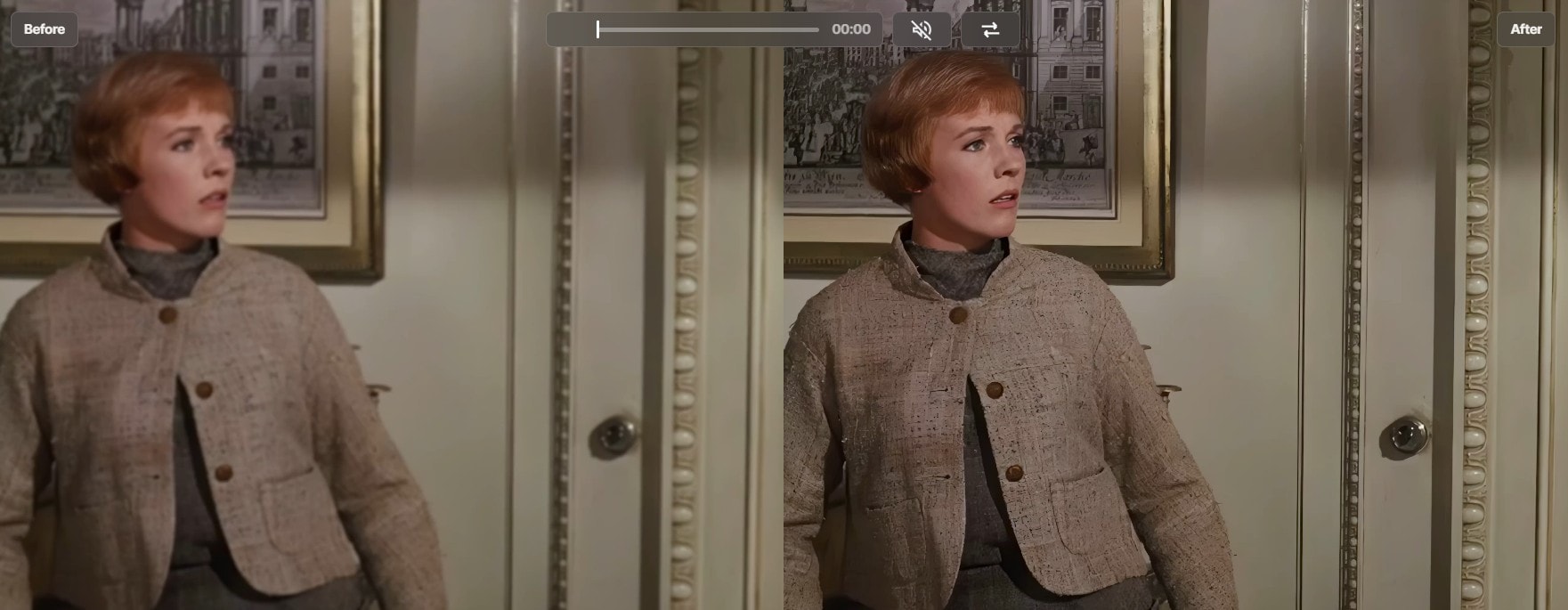
HitPaw AI Video Enhancer is an AI tool built for users who want to fix video quality without dealing with complex settings. It’s especially useful for blurry or dark security camera clips.
Key Features
- It provides one-click AI enhancement.
- Has multiple models for different video types.
- Upscales video and sharpens frames.
- Supports CCTV formats like AVI, MP4, MOV.
- Safe to use offline.
Conclusion
Enhancing CCTV footage can make a big difference when details are hard to see. The right tool can help bring clarity to your video. Issues like low resolution, poor lighting, and compression are common. However, with AI-powered enhancers, they can often be improved without needing advanced skills.
If you need a simple and effective solution, Repairit AI Video Enhancer is a strong choice. It’s reliable, easy to use, and made specifically for low-quality footage like security videos. Other tools like Topaz Video AI, AVCLabs, Adobe Premiere Pro, and HitPaw also offer powerful options. It depends on how much control or automation you want. Nevertheless, all five options in this article can help turn unclear footage into something much more useful.
FAQs
-
1. Is it safe to use AI video enhancers for private footage?
Yes, it’s safe if you use trusted software, especially offline tools. When you use an offline tool like Repairit, the video stays on your computer. That means your footage is not uploaded to the internet, so there’s less risk of someone else accessing it. If you use an online tool, check the website’s privacy policy. Make sure the service doesn’t store or share your files. -
2. Is video enhancement legal to use for evidence?
Yes, it is legal, but there are a few things to keep in mind. Courts or investigators often accept enhanced footage as long as the original video is also available. You must not add or remove anything in the video that would be considered tampering. Enhancement is allowed when it helps improve visibility. It’s best to keep both the raw and enhanced versions to show that the content was not changed unfairly. -
3. What kind of computer do I need for AI enhancement?
Most basic tools work fine on regular laptops or desktops. If you’re using a tool like Repairit, it runs well on most systems with at least 8GB of RAM. But if you want to use more advanced software, you’ll need a faster processor. You also need more memory, ideally 16GB or more. If your computer is older or slow, the enhancement might take longer to finish.

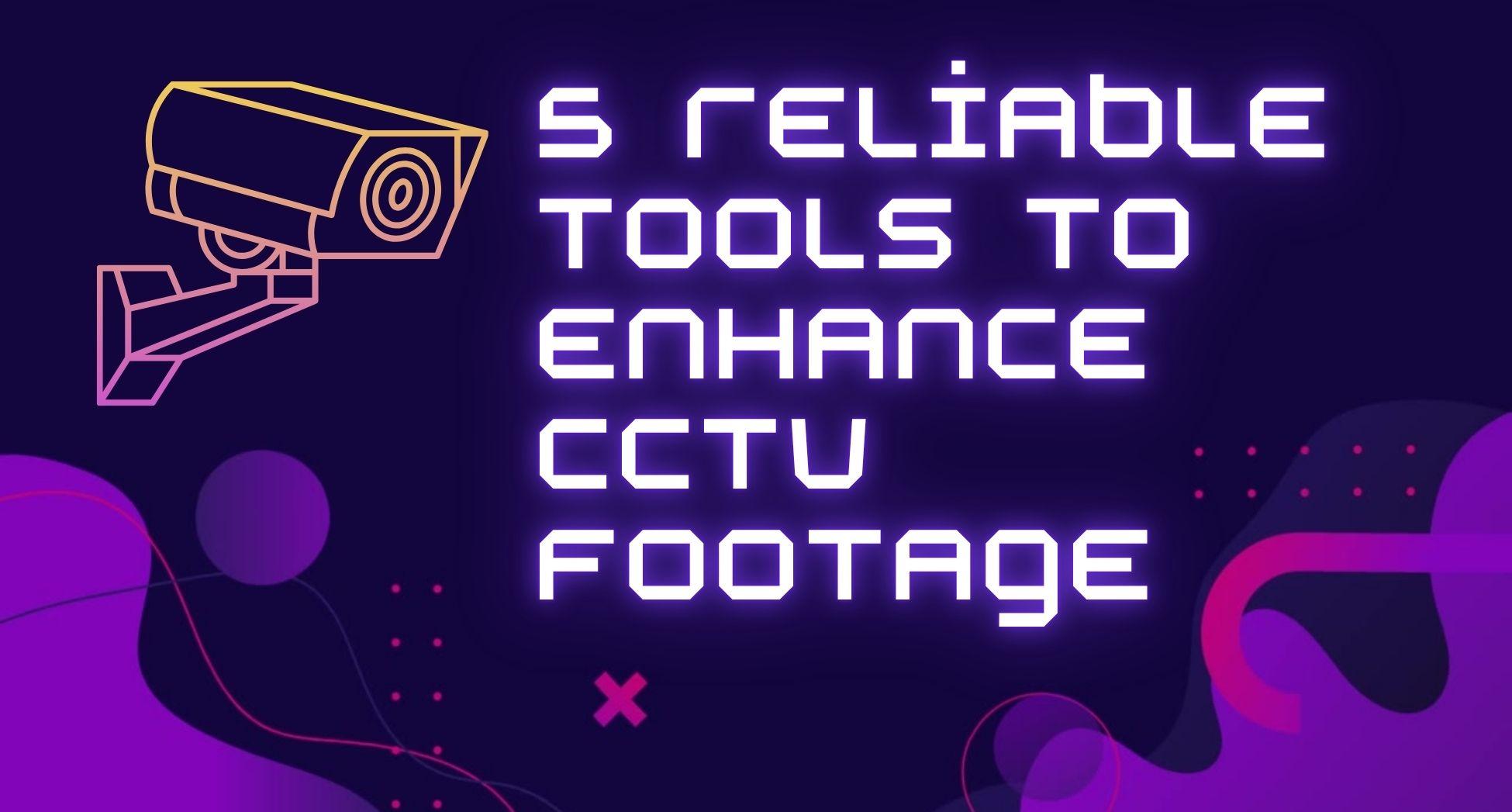
 ChatGPT
ChatGPT
 Perplexity
Perplexity
 Google AI Mode
Google AI Mode
 Grok
Grok
